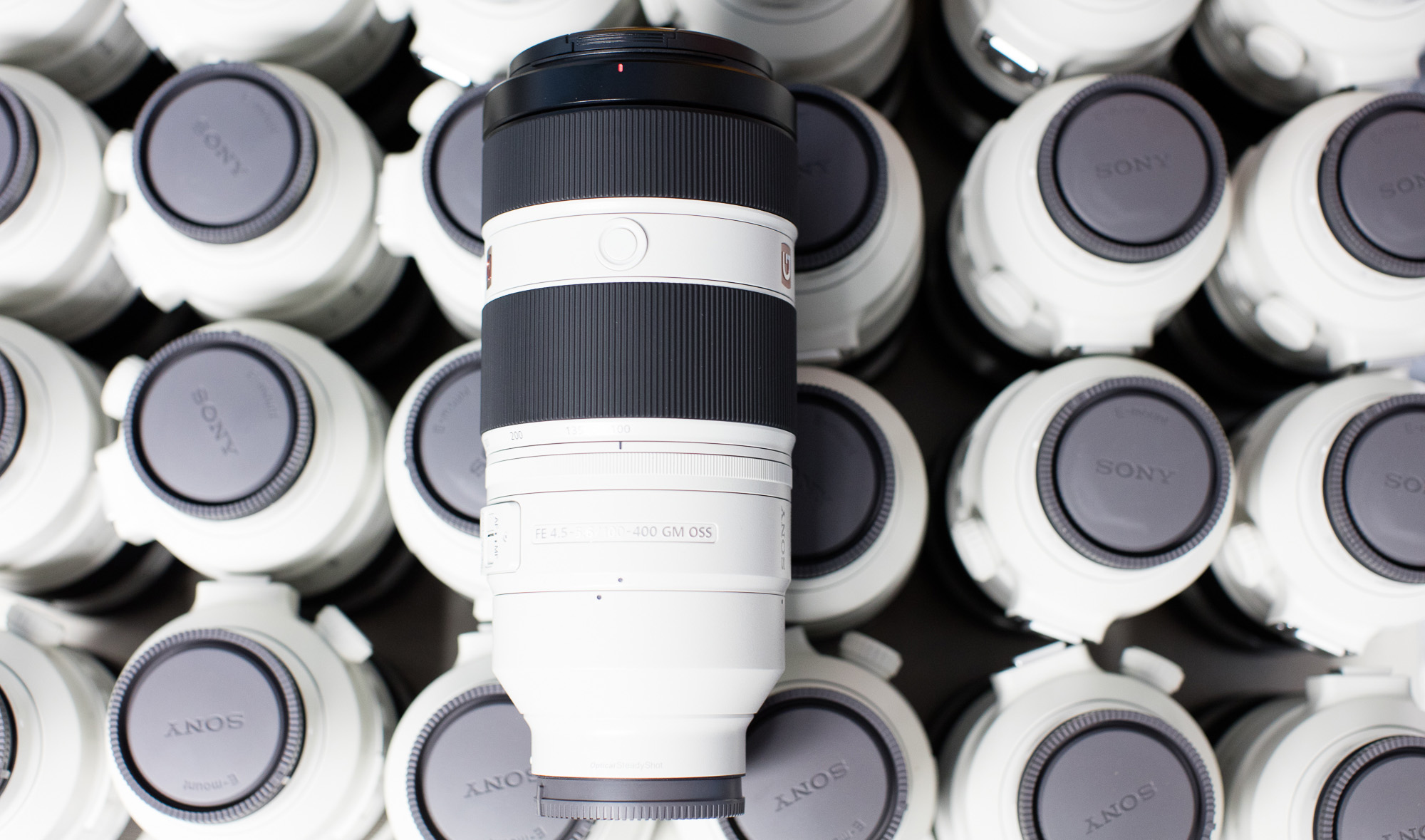Unless the 135mm f/1.8 is compatible with the 2x teleconferter, I don’t see a reason to buy it over the Sigma EF 135 since that lens is already so optically beautiful and will likely be half the price.
With some of the L lenses, they're putting in accelerometers, which contribute to IBIS effectiveness, even if the lens itself doesn't itself have IS. For instance, the RF 85 f/1.2 (non-IS) shows 8 stops of IBIS with a camera that claims around 5 stops of IBIS.
That they haven't done this more has been surprising and a little disappointing. I'd probably sell something to get the new 135 f/1.8 if it accomplished something similar.
I do have to say that my Sigma glass (including - for now - the 135mm f/1.8) has all vastly improved now that I'm shooting with IBIS. Used to be its biggest disadvantage.
Last edited:
Upvote
0

